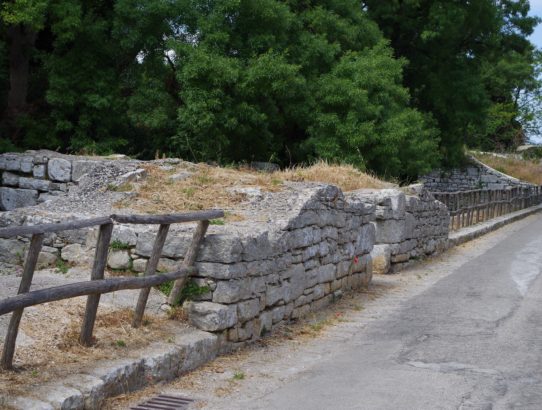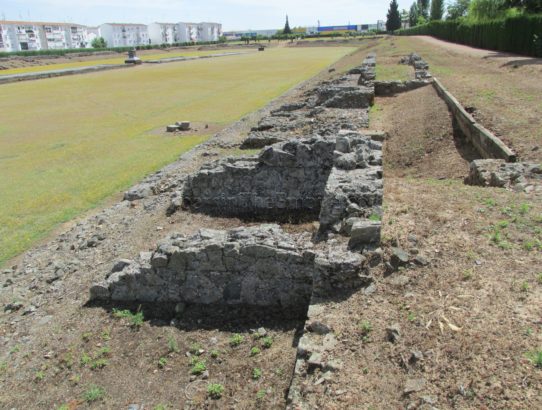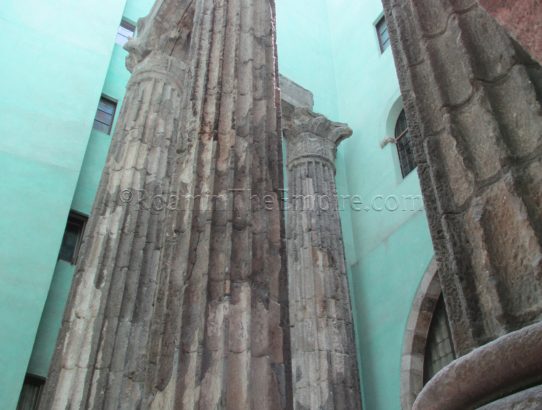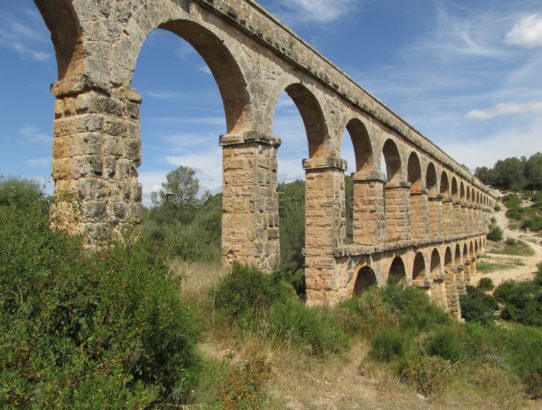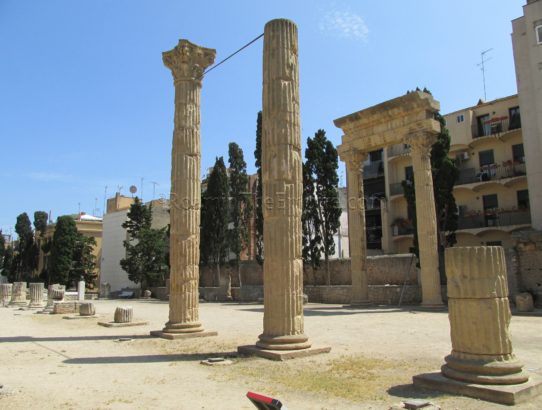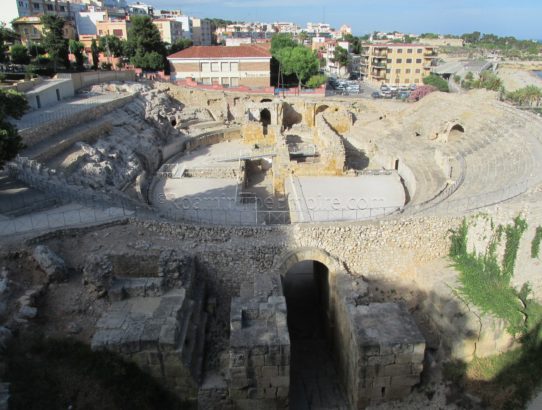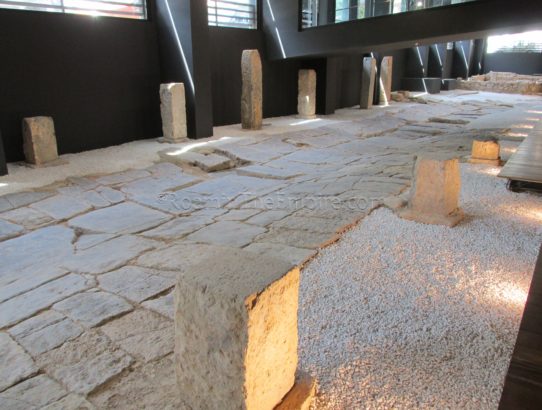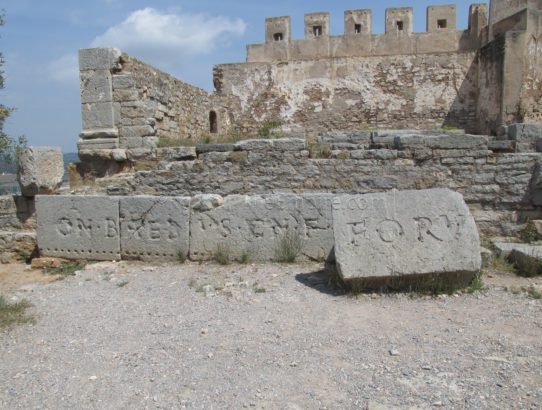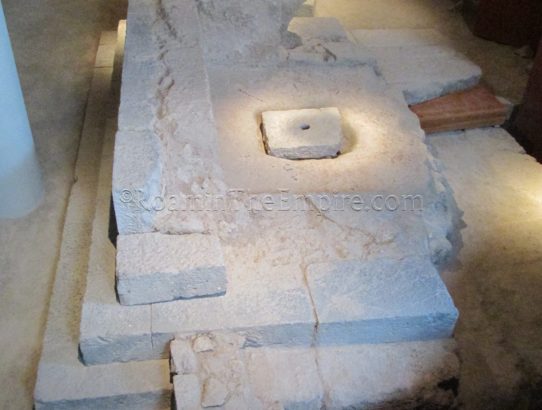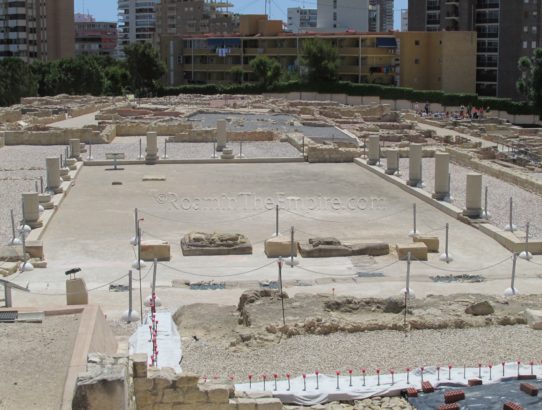Eryx, Sicilia
Most Recent Visit: May 2017. Perched at a height of 750 meters, on a mountain overlooking the modern town of Trapani, is the town of Erice and the location of the ancient settlement of Eryx. Though the original settlement was probably founded by the Elymian people of western Sicily, mythological origins are also attributed to…
Read More


